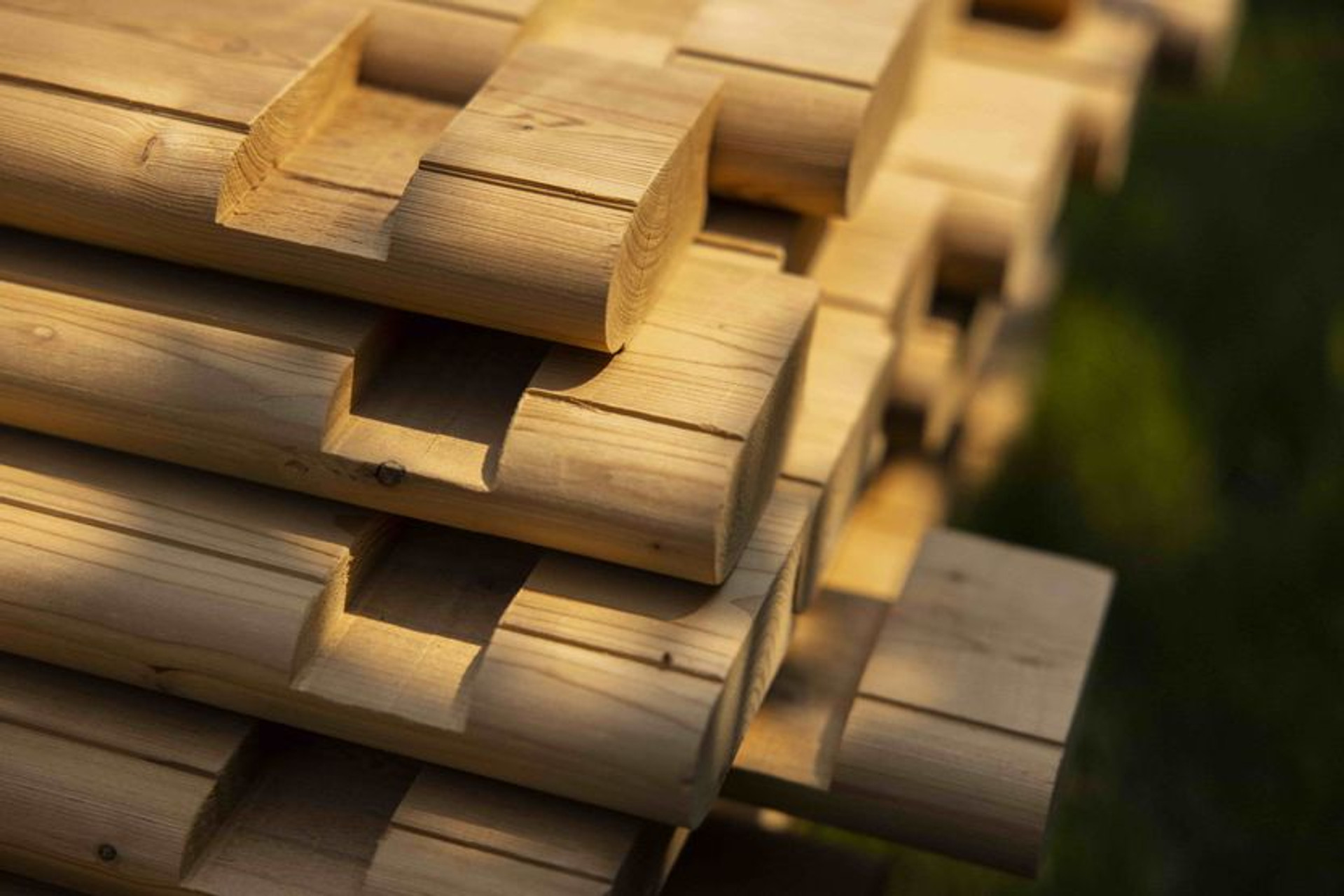Thermowood Vs. Cedar as a Sauna Wood
As we all know, a sauna has many health benefits and qualities. But which timber will be the best option when buying or building an outdoor sauna?
Suitable wood should insulate brilliantly and won't absorb that much heat, making it comfortable to touch while inside the sauna. Other advantages of certain timber types include antibacterial and septic properties.
Many people, when looking to buy a sauna, ask the question of which of these wood will be the best to use. Generally, there is an assumption that cedar wood is the best. However, as we will see, each type of wood has its own unique characteristics and different price points.
Today's article will help you better choose between Thermowood, cedar, and other timbers for your next sauna, whether you buy a traditional outdoor sauna or a barrel sauna. Along with two top contenders, we list other kinds of wood common in the sauna industry.
Let's take a closer look at the different woods available for saunas.
Cedar
Cedar makes a brilliant option for wardrobes, paneling, roofing, decks, saunas and fences outside due to its inherent sturdiness.
Cedar woods are well-known timbers when it comes to building saunas. But a cedar sauna doesn't come without its issues. For instance, a particular odor is released when the cedar wood is heated, which can be problematic for people who suffer from allergies or breathing problems.
Another issue is that darker timbers, such as cedar, change color when heated. A cedar sauna takes on a grey color not all consumers will find attractive.
In contrast, Thermowood will not discolor because of the light color of the timber, allowing your outdoor sauna to look great for many years to come.
Nordic Spruce
Nordic spruce--also known in certain European countries as European Spruce or whitewood because of its color--originates from Eastern Europe
Thanks to its unusual white color (which it keeps for most of its lifespan), it shouldn't be confused with pine, which has a yellowish hue.
Nordic spruce is an excellent timber to use in furniture making and construction because it has a natural insect repellant and a lovely fragrance.
New Zealand Spruce
New Zealand spruce grows rapidly because of the unique climate on the island, making it a less durable option than the slow-growing Nordic Spruce. Additionally, the spruce found on the South Island is not commercially available on a large scale. Another problem is their age; being harvested so young makes the wood prone to drying out and splintering.
The species was planted in the 1920s, mainly to experiment with their potential uses. Since then, the trees have been largely ignored by sauna builders because of the above mentioned issues. Good sauna wood needs a long time to mature; otherwise, it will be brittle and not as protective.
Thermowood
Thermowood is produced when Nordic spruce is exposed to steam and vapor in a zero-chemical process for up to two days. The timber becomes more resistant when placed in high-temperature environments as they remove moisture and resin from the wood. This treatment makes a Thermowood sauna a terrific and highly durable choice.
Another great feature of Thermowood is that the process makes the wood better equipped to prevent rot and mold. Because the wood contains less moisture, it is much lighter than its original form.
Thermowood does not absorb water quickly, so you don't have to worry about your barrel sauna breaking down any time soon. The price point is also kept low because of the relatively affordable cost of Nordic Spruce.
Pine
Even though pine is one of the cheapest options when building an outdoor sauna, it has many downsides. Pine timber has numerous knots that can fall out when used to create a sauna, making it less durable or viable than other options. That is why you will not often see pine-made saunas on the market.
Another disadvantage of this timber is warping and resin dripping when the wood is heated. Pine is better suited to construction and furniture making than for use in saunas.
In Conclusion
Buying a sauna can be a complex and complicated decision. You have to choose the accessories, size, type, and color before you make that final decision. Hopefully, this article on picking the correct timber has helped clarify your decision.
Many different types of wood can be used in saunas, but there are several distinct advantages to choosing Thermowood.
If you are looking for an outdoor sauna made from non-staining, heat-conducting, pest-resistant wood, consider a Thermowood sauna from Redwood Outdoors.

